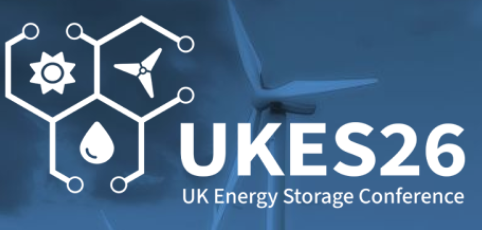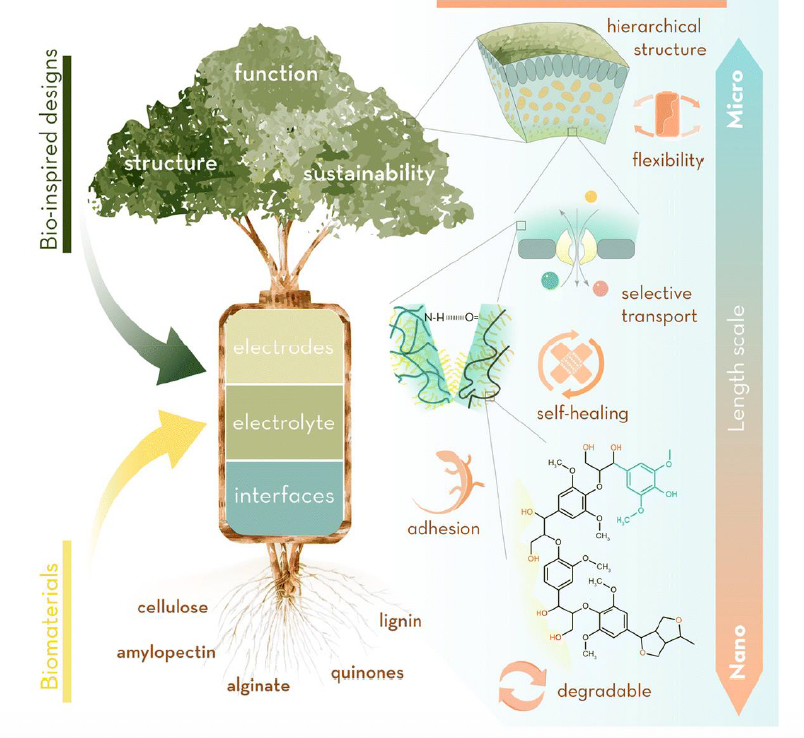
Sustainability Assessment of Second Life Application of Automotive Batteries (SASLAB)
The fast increase of the electrified vehicles market will translate into an increase of waste batteries after their use in electrified vehicles (xEV). Once collected, batteries are usually recycled; however, their residual capacity (typically varying between 70% and 80% of the initial capacity) could be used in other applications before recycling. The interest in this topic of repurposing xEV batteries is currently high, as can be proven by numerous industrial initiatives by various types of stakeholders along the value chain of xEV batteries and by policy activities related to waste xEV batteries. SASLAB (Sustainability Assessment of Second Life Application of Automotive Batteries), an exploratory project led by JRC under its own initiative in 2016-2017, aims at assessing the sustainability of repurposing xEV batteries to be used in energy storage applications from technical, environmental and social perspectives. Information collected by stakeholders, open literature data and experimental tests for establishing the state of health of lithium-ion batteries (in particular LFP/Graphite, NMC/Graphite and LMO-NMC/Graphite based battery cells) represented the necessary background and input information for the assessment of the performances of xEV battery life cycle. Renewables (photovoltaics) firming, photovoltaics smoothing, primary frequency regulation, energy time shift and peak shaving are considered as the possible second-use stationary storage applications for analysis within SASLAB. Experimental tests were performed on both, new and aged cells. The majority of aged cells were disassembled from a battery pack of a used series production xEV. Experimental investigations aim at both, to understand better the performance of cells in second use after being dismissed from first use, and to provide input parameters for the environmental assessment model. The experimental tests are partially still ongoing and further results are expected to become available beyond the end of SASLAB project. To obtain an overview of the size of the xEV batteries flows along their life cycle, and hence to understand the potential size of repurposing activities in the future, a predictive and parametrized model was built and is ready to be updated according to new future data. The model allows to take into account also the (residual) capacity of xEV batteries and the (critical) raw materials embedded in the various type of xEV batteries. For the environmental assessment, an adapted life-cycle based method was developed and applied to different systems in order to quantify benefits/drawbacks of the adoption of repurposed xEV batteries in second-use applications. Data derived from laboratory tests and primary data concerning energy flows of the assessed applications were used as input for the environmental assessment. Under certain conditions, the assessment results depict environmental benefits related to the extension the xEV batteries’ lifetime through their second-use in the assessed applications. In the analysis, the importance of using primary data is highlighted especially concerning the energy flows of the system in combination with the characteristics of the battery used to store energy. A more comprehensive environmental assessment of repurposing options for xEV batteries will need to look at more cases (other battery chemistries, other reuse scenarios, etc.) to derive more extensive and firmer conclusions. Experimental work is being continued at the JRC and the availability of further data about the batteries’ performances could allow the extension of the assessment to different types of batteries in different second-use applications. A more complete sustainability assessment of the second-use of xEV batteries that could be useful to support EU policy development will also require more efforts in the future in terms of both the social and economic assessment.













